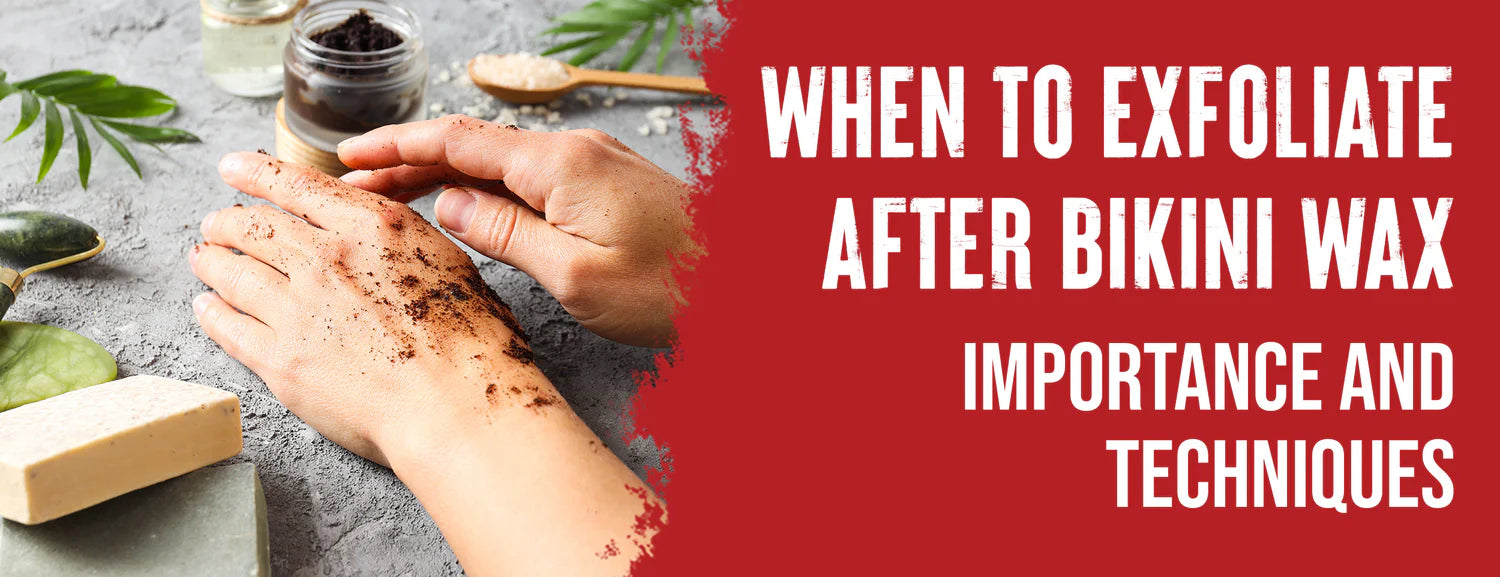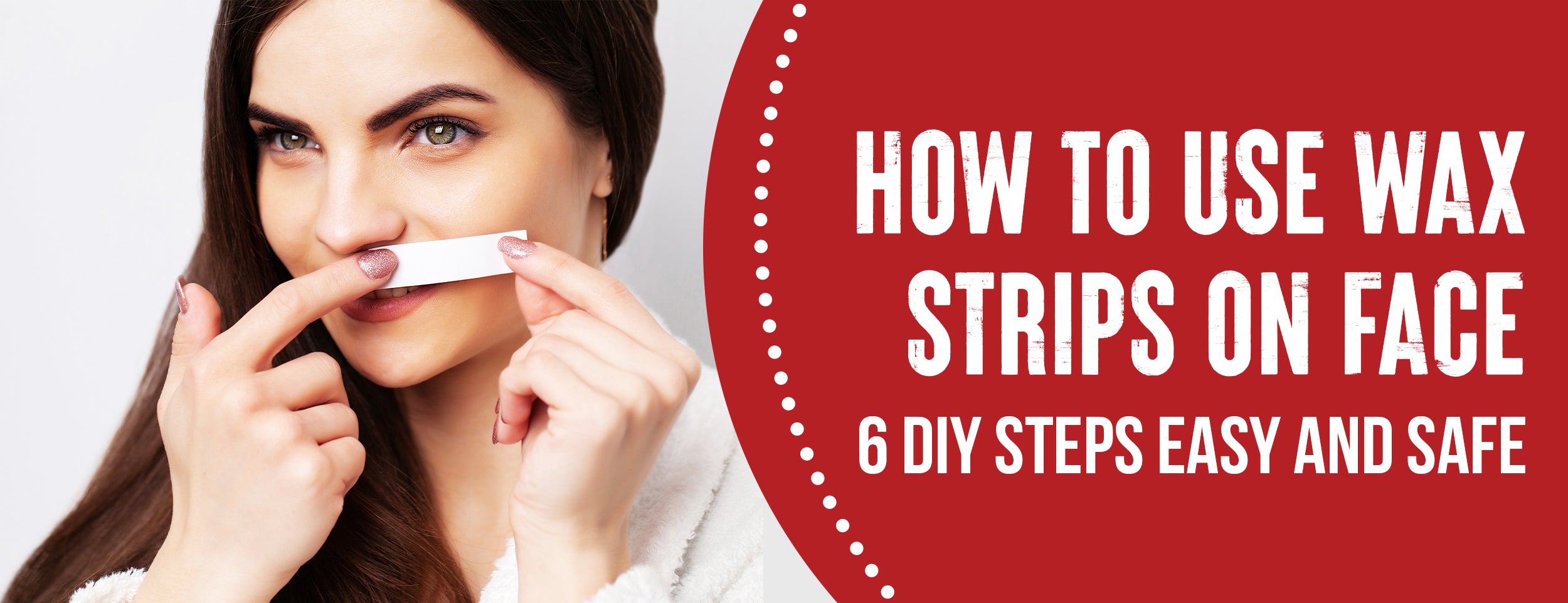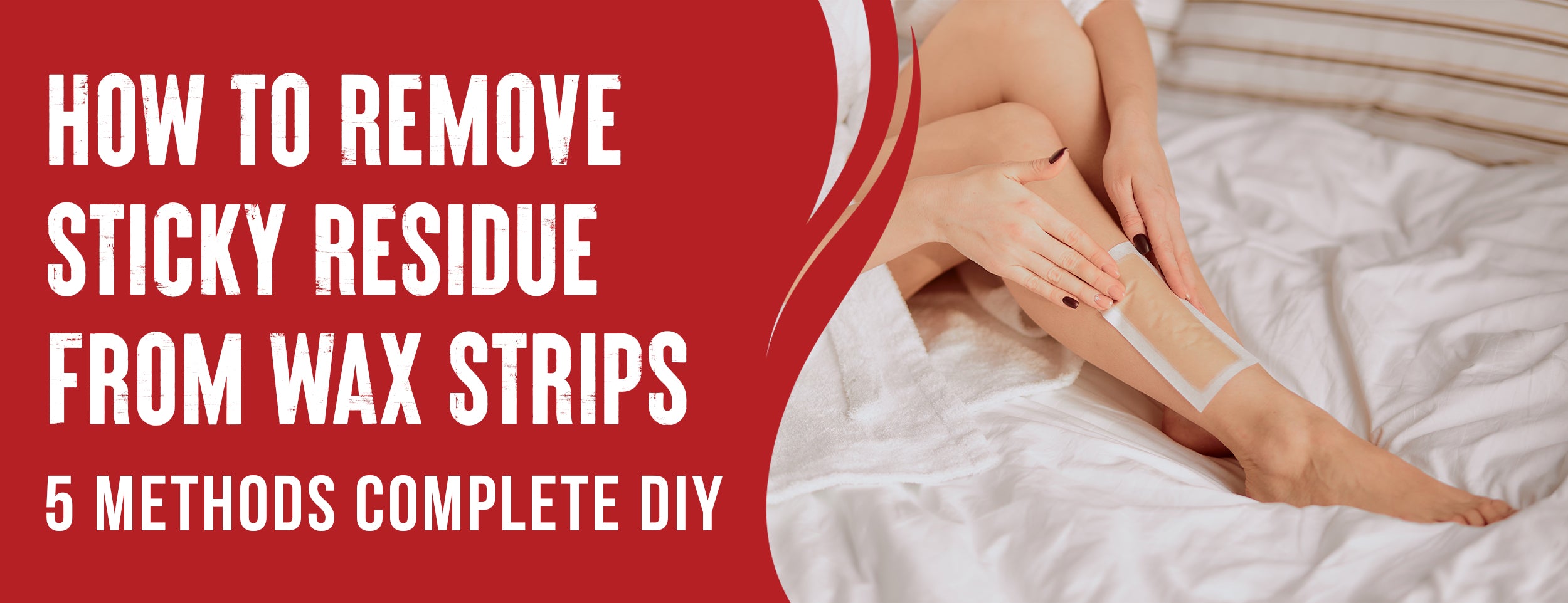Hair wax can expire for a few reasons. Degradation of ingredients affects texture and effectiveness over time. Exposed products can also break down due to air and light exposure.
No, it is not recommended to use hard wax with hair in it. Reusing wax with hair increases the risk of transmitting bacteria and skin conditions between clients. The safety and well-being of the client must be prioritized by using fresh wax for each treatment.
In this blog post, we’ll explore the various factors that affect the reusability of hard wax and offer some tips and best practices for safely and effectively reusing it.
Can You Reuse Hard Wax That Has Hair In It: 4 Risk Factors

Many wonder if they can reuse hard wax with hair, and if so, what factors affect its reusability. Here, we explore the various factors that can affect hard wax, including:
Amount of Hair in Wax
The amount of hair in hard wax can significantly impact its reusability. Generally, reusing hard wax with a substantial amount of hair is not recommended. The presence of hair can introduce bacteria and other microorganisms into the wax, compromising its effectiveness and safety.
If you choose to reheat hard wax with hair in it, remove as much hair as possible before reheating and reusing. This can help mitigate bacterial growth risk and other hygiene concerns.
Types of Bacteria or Fungi
Hard wax can be a breeding ground for bacteria and fungi, especially if not stored or used correctly. Types of bacteria and fungi that may grow in hard wax include:
- Staphylococcus aureus.
- Pseudomonas aeruginosa.
- Candida albicans.
- Aspergillus niger.
These microorganisms can cause various health issues, from skin irritation and infection to more serious systemic illness. Storing hard wax in a clean, dry, and relaxed environment is the best way to prevent bacterial growth. Wax should be discarded after several uses, regardless of whether it has hair.

Temperature and Duration of Reheating
The temperature and duration of reheating can also impact the reusability of hard wax. If wax gets too hot, it breaks down, affecting its efficacy and safety. On the other hand, underheating can make the wax less effective at removing hair. The ideal temperature for reheating hard wax is around 140-160 degrees Fahrenheit.
Hard wax only needs to be reheated once. Reheating can boost bacteria growth and cause other hygiene concerns.
Hygiene and Skin Condition of User
The user's hygiene and skin condition can also affect the reusability of hard wax. Using hard wax may exacerbate the issue if the user has skin conditions, such as eczema or psoriasis. If the user practices poor hygiene, bacteria, and other microorganisms can be introduced into the wax.
To promote safe and effective use of hard wax, users should:
- Clean and dry their skin before waxing.
- Use sterile tools and equipment.
- Follow proper hygiene practices before, during, and after waxing.
Reusing Hard Wax With Hair: Possible Risk

You may be curious if it's possible to re-use wax with hair in it. While it may seem cost-effective, you must understand the risks of improperly reusing hard wax.
Skin Infections or Irritations
Reusing hard wax with hair can lead to various skin infections or irritations. When hairs are pulled from the skin during waxing, they carry bacteria and other microorganisms with them, which can settle on the surface of the wax. If the wax is reused without proper sanitation, these microorganisms can easily infect clients with sensitive or compromised skin.
Some of the most common skin infections or irritations caused by reusing hard wax are:
- Folliculitis: Infection of the hair follicle caused by bacteria entering through a skin break.
- Contact dermatitis: Skin irritation caused by coming into contact with an irritant.
- Allergic reactions: some people are allergic to certain ingredients or fragrances in wax, which can cause redness, swelling, and itching.
Reduced Effectiveness or Quality of Wax
Hard wax that has been reused multiple times loses its effectiveness and quality over time. The wax breaks down with each use, losing its ability to grip hairs and adhere to the skin properly. Reusing hard wax also causes it to collect debris and other impurities, making it less effective in removing hair cleanly and efficiently.
Some of the consequences of using low-quality wax are:
- Incomplete hair removal: the wax may not grip the hair properly, leaving behind hair patches that must be removed in another session.
- Pain and discomfort: pulling the skin multiple times to remove the remaining hair can cause pain and discomfort to the client.
- Longer-lasting sessions: ineffective wax may require longer sessions, making the experience uncomfortable and tedious for the client.

Waxer’s Legal or Ethical Issues
Reusing hard wax without proper sanitation can lead to serious legal or ethical issues for professional waxers. Follow the reasonable procedures to avoid any consequences.
Some of the legal or ethical issues that arise from improperly reusing hard wax are:
- Health code violations: most states require salons and spas to follow a strict sanitary protocol to prevent infections and diseases. Reusing hard wax without proper cleaning and disinfecting measures can lead to health code violations and criminal charges.
- Professional misconduct: using low-quality or ineffective wax can lead to clients' complaints regarding service quality. This can damage the professional reputation of the waxer, leading to a loss of business and damage to the salon or spa's reputation.
Reuse Hard Wax With Hair: 5 Steps
You are certainly not the only person who cannot bear the thought of throwing away hard wax with hair. You can reuse hard wax if you take specific steps to ensure its safety and effectiveness. Follow these tips and best practices:
Straining Wax to Remove Hair and Debris
One of the most critical steps when reusing hard wax is to strain it before reheating it. Straining the wax helps remove any hair or debris accumulated during previous uses. Here are the steps to follow:
- Place a piece of muslin or cheesecloth over the bowl or container.
- Pour the used hard wax into the cloth.
- Gather the corners of the cloth together and squeeze out the wax, leaving any debris behind.
Wax Storage
Once you have strained the wax, storing it in a clean and dry container is essential. Here are some tips for storing wax:
- Use a container that has a lid to keep the wax clean and protected.
- Choose a container made from a heat-resistant material like glass or metal.
- Ensure the container is completely dry before putting the strained wax in it.
Reheating Wax Only Once or Twice

When reheating hard wax, doing just what is necessary is essential. Reheating too many times can change the texture and consistency of the wax, making it less effective. Here are some tips for reheating wax:
- Only reheat the wax once or twice before discarding it.
- Heat the wax at a low temperature until it melts.
- Stir the wax gently to ensure it heats evenly.
Using Wax Only for Yourself and Not Sharing
Sharing wax is not recommended because it can spread bacteria and other contaminants. Here are some tips for using wax:
- Only use wax for yourself, and do not share it with others.
- Avoid using wax on open wounds or infected areas.
- Use a spatula or other tool to apply the wax to avoid contaminating the jar.
Disposing of Wax After a Few Uses or When Texture/Color Changes
Even if you strain and store hard wax correctly, it will eventually lose effectiveness and may even change color or texture. Here are some tips for disposing of wax:
- Discard the wax after a few uses or if the texture or color changes.
- Do not dispose of wax down the drain, as it can clog pipes.
- Use a sealable bag or container to dispose of the wax in the trash.

Conclusion
Reusing hard wax with hair is possible, but it's essential to do so safely and hygienically. As we've discussed, factors such as the amount of hair in the wax, the types of bacteria or fungi that may grow in it, and reheating temperature and duration all impact the effectiveness and safety of the wax.
Reusing your hard wax a few times is possible while preserving its quality and avoiding skin irritation or infections. So be eco-conscious and thrifty, but always keep your skin and hygiene in mind.
Do you have any personal experiences or tips about reusing hard wax? Leave a comment below, and let's continue the discussion.














